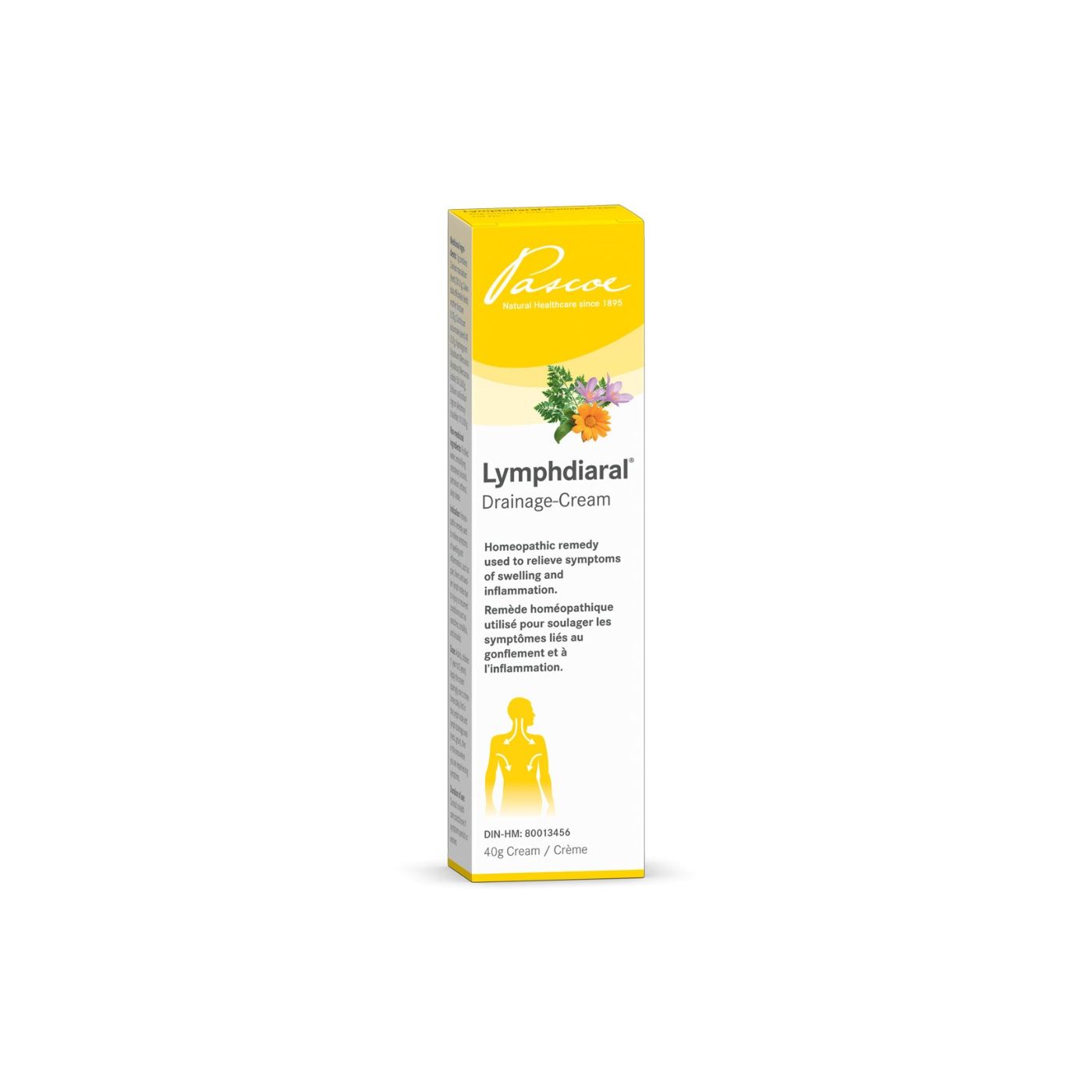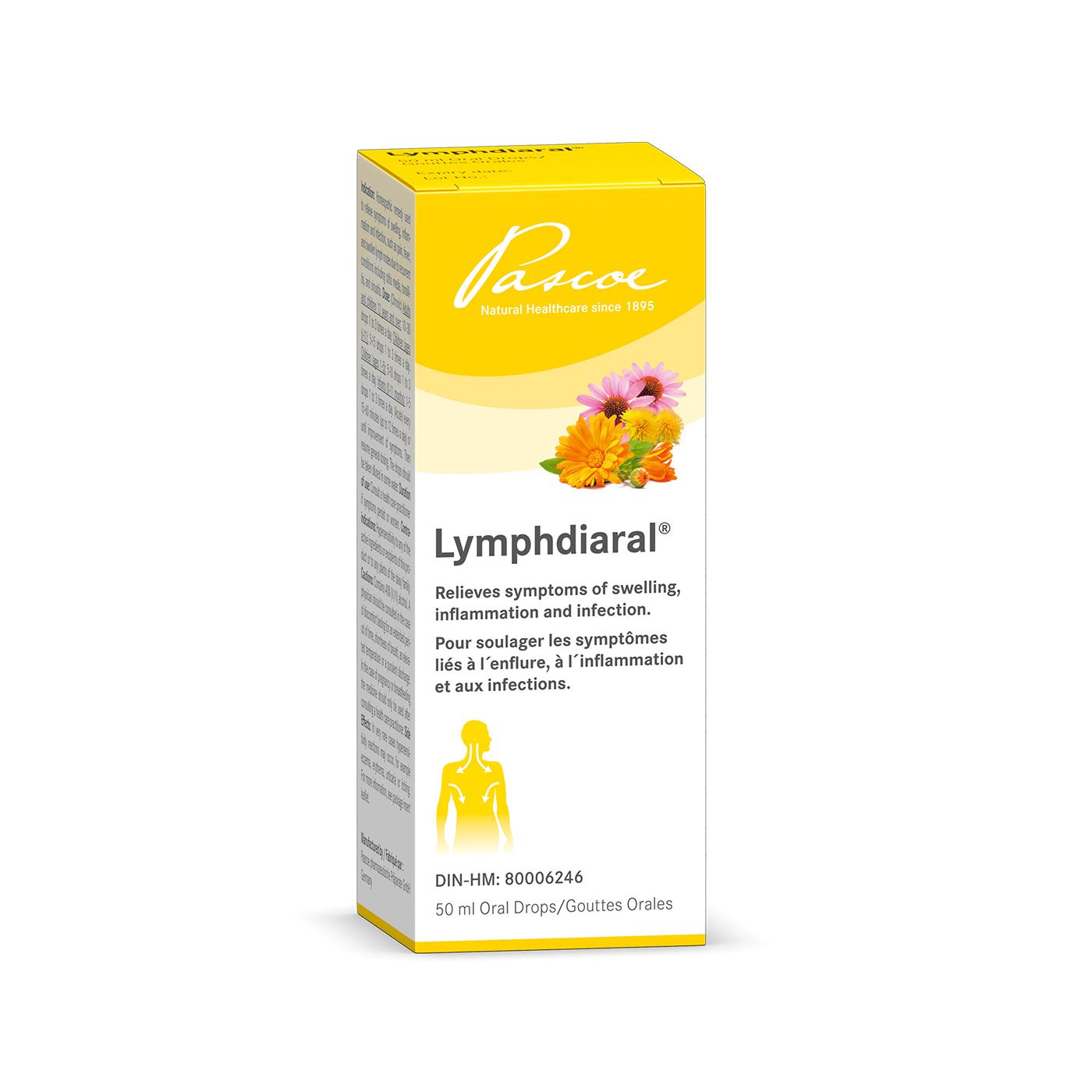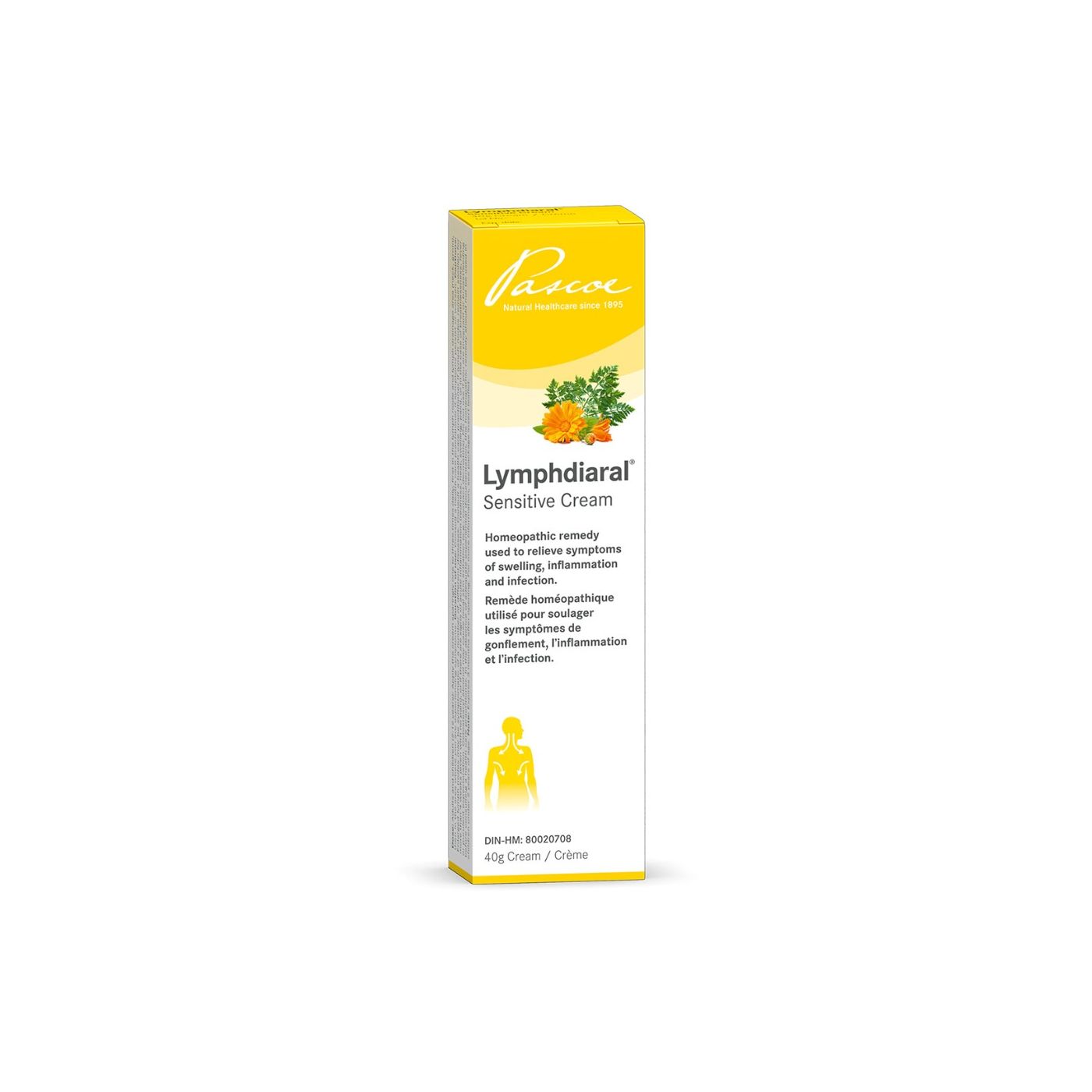How the Lymphatic System Helps with Pain Management
At one time or another, you may have experienced neck pain after lifting something heavy or painful and swollen tonsils from a cold.
Whatever the injury, sharp and acute pain ensues. This type of pain is called acute pain. Pain, such as swollen and sore tonsils, is a symptom of an underlying health problem and it lasts for a relatively short time.
Sometimes this pain does not go away. It may last longer than six months, even years. Once pain has become chronic, the underlying injury or illness that started it all becomes more or less irrelevant. In fact, chronic pain can be understood as taking on a life of its own. Chronic pain also recruits the nervous system. For instance, when you pinch your finger, nerves around the site of the injury detect it and send pain signals to the brain. The brain processes the signals and activates the whole nervous system. We may cry, grimace, or tense our muscles - the nervous system goes into 'red alert'. For those with chronic pain, the nervous system never shuts off. Painful conditions begin to control one's emotional life leading to irritability, anxiety, poor sleep, fatigue, and depression. Psychological problems further activate the nervous system which worsens the pain. Another vicious cycle results.


A study published in Nature reveals new findings about the brain and the lymphatic system. In 2015, researchers at the University of Virginia, Charlottesville discovered a lymphatic drainage system within the meninges. Why is this important? Because until now, it was believed the brain was the only organ in the body that did not have a lymphatic system. This finding has a major impact on pain management, therapy, and treatment. Researchers found that meningeal lymphatic vessels provided a drainage route from the central nervous system (CNS). This means that toxic and
antigenic waste products of neuroinflammation may be exiting the CNS through the lymphatic system.
We know the lymphatic system is responsible for our immune system and subsequently our immune response. This novel discovery now reveals the lymphatic systems role in immune response and chronic pain in peripheral tissue, autoimmune symptoms and syndromes in chronic pain patients. See how important the lymphatic system truly is in pain management and treatment for patients? When dealing with chronic pain treatment and pain management, it becomes essential to ensure the lymphatic system is moving properly and free of excess toxins. Medical conditions can also interrupt the normal flow of lymph which causes stagnation. This can exacerbate an illness. Congestion worsens pain, leads to fatigue, weakens the immune system, and increases interstitial fluid or water retention.
A Review of the Lymphatic System
While vital to the immune system, the lymphatic system transports fluids throughout the body. The lymphatic system is a circulatory system consisting of lymph nodes, lymphatic vessels, and two collecting ducts.
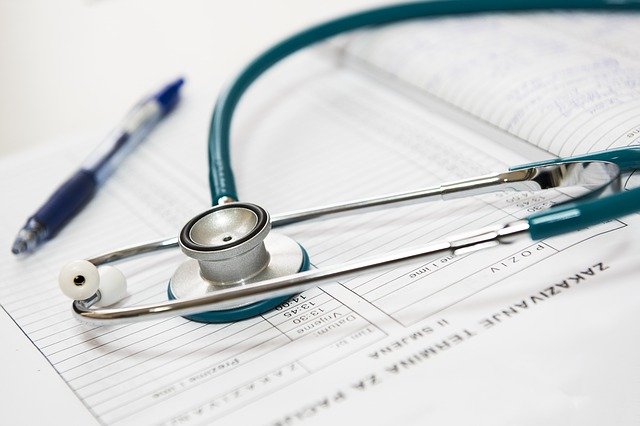

Lymph is watery fluid consisting of proteins, nutrients, minerals and other substances which nourish our tissues. Lymph also contains foreign particles, such as bacteria and viruses, damaged cells, and cancer cells. Most of the lymph fluid is reabsorbed into the capillaries. The rest is drained into the lymphatic vessels. Lymph also spreads through the capillaries into our interstitial fluid and through cells, called lymphocytes. Lymphocytes are white blood cells which protect the body from foreign invaders and infectious disease. White blood cells are made in the bone marrow. From the bone marrow, lymphocytes travel to the thymus where they become T-lymphocytes (T cells). The thymus is the primary lymphoid organ of the immune system. The thymus gland is located between your lungs. In the thymus, T cells grow and mature. Other white blood cells or lymphocytes remain in the bone marrow and become B-lymphocytes (or B-cells). B-cells create antibodies that attach to and kill off germs. T-cells also kill germs and also tell your body to make more or less immune cells. Lymphocyte levels in our body tell us something. A normal range for the lymphatic system is between 1,000 and 4,8000 in 1 microliter of blood. Unusually low or high levels of lymphocytes (B-cells or T cells) can be a sign of disease.
The lymphatic vessels are found throughout the body. Lymph vessels are structurally similar to blood vessels in the circulatory system. Yet thin-walled lymphatic vessels are smaller than your smallest vein. Most lymph vessels have valves. These valves in the lymphatic vessels ensure lymph is flowing in one direction. The lymphatic valves pump lymph and t-cells to flow towards the heart. Lymphatic vessels also drain lymph after leaving the heart. Lymph may travel to a different lymph nodes through the lymphatic vessels.
Lymph nodes are considered the collection center for lymph. Lymph nodes are small glands that are bean-shaped structures. Lymph nodes are your immune system's first line of defense. Lymph nodes filter out waste products and "bad" cells from the lymph. There are 400-700 lymph nodes in the body and they contain immune cells to help fight infection. Lymph nodes are connected by lymph vessels. When there is an infection or illness, lymph nodes often swell. This signals the lymphocytes to take action to kill off germs. Often, it is the lymph nodes in your neck, underarms or groin that are readily noticeable and tell you something is not right. An enlarged lymph node also signals congestion and stagnation in the lymphatic system. For instance, sore throat, swollen tonsils, and enlarged lymph nodes in the neck are clues that a patient may have tonsillitis and a weakened immune system. Swollen lymph nodes, known as lymphadenitis, are usually caused by an infection.
How to Counteract Lymphatic Congestion
Physical Activity
A healthy lymphatic system will allow the body to naturally detoxify and aid in regeneration. Exercise must be made a priority. For years, treatment of chronic pain recommended rest and inactivity. Recently, it has been found that physical activity, when performed safely, has benefits in reducing pain and improving physical function as well as mental health. A treatment plan should involve physiotherapy and a health care professional.
Lifestyle Habits and Diet
Pain management also requires you to focus on lifestyle habits and diet that improve health. A whole food and plant-based diet have shown to reduce inflammation markers. The lymphatic system is also closely intertwined with the function of the liver, gallbladder and bile ducts. When there is stagnation in these major organs, the lymph system is unable to properly cleanse waste materials from the body. A gentle detox may be used as part of therapy to help to get rid of unwanted toxins in the body that have accumulated.
Lymphatic Massage
Another great treatment option is lymphatic massage which helps to get lymphatic juices flowing. Lymphatic massage is a type of therapy that can help reduce swelling and improve circulation for patients undergoing chronic pain management. Swelling occurs when blood vessels leak fluid to tissues. When this fluid builds up, the tissue swells. This form of physical therapy stimulates the blood vessels, blood cells, and lymphatic tissues to move. Physiotherapy and lymphatic massage used as a pain management program clears the lymphatic tissue of debris, enhances tissue and blood cell regeneration, and supports immune function and immune response
Pain Medicine
For some, milder forms of pain management and therapy requires an over-the-counter oral medication such as non-steroidal anti-inflammatory drugs (NSAIDs). Anti-inflammatory topical pain relievers, such as creams or lotions, applied to the skin may help relieve pain, muscle aches and treat stiffness.
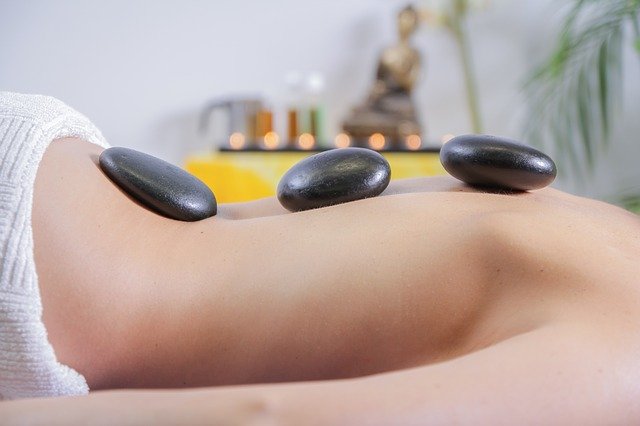

In other cases, a pain clinic may prescribe a patient stronger pain medicine for pain relief. A muscle relaxant, anti-anxiety drug or a steroid injection are pain-relieving interventions commonly used in the medical space. When taken appropriately for pain management, opioids have been proven very effective drugs in controlling pain. Opioids are often used for the treatment of pain associated with cancer cells or post-surgical pain. However, patients taking opioids and even non-opioid medication long-term for pain care and treatment are at greater risk to serious side effects. Opioids may cause side effects in patients such as breathing problems, addiction, constipation, and mental disturbances. Always be sure to consult your primary health care provider and pain clinic before taking any medication for pain conditions.
What about Natural Support?
There are several natural ways to improve lymphatic flow, support your immune response, and relieve pain.
- Calendula: the plant known as pot marigold is mainly used for the treatment of swollen lymph nodes. Calendula cleanses the lymph and body tissues with its anti-inflammatory properties.
- Echinacea: the herb has powerful immune-enhancing and anti-inflammatory effects. It can reduce interstitial fluid, congestion, and swelling of the lymphatic system.
- Dandelion: dandelion has a resistance to many harmful substances and is a great detoxifying and purifying agent for built-up waste in the lymphatic capillaries and lymphoid organs.
- Hydrastis: has robust anti-inflammatory qualities to boost the cleansing process of the lymphoid tissue, lymphoid organs, and system
- Baptisia: a plant widely used for its cleaning purposes. It helps rid the lymphoid organs, lymphatic capillaries and lymphoid tissue of microbes and wastes. It reduces glandular swelling and improves lymph flow.
- Devil's Claw: while mostly known for its anti-inflammtory properties in cases of joint pain or general inflammation, the herb also promotes detoxification and cleansing of the lymph fluid.
- Phytolacca Americana: used in natural medicine at low doses, phytolacca americana treats infection and inflammation due to swollen lymph nodes.
- Conium Maculatem: When taken in small quantities, the herb has a pain-reducing and cooling effect. A remedy that offers great benefit and relief for swollen, painful, and hardened lymph nodes.
Pascoe's Lymphdiaral line of products have been a staple in the companies portfolio for over 50 years. Learn more about Lymphdiaral drops and drainage cream to support your lymphatic system with powerful active ingredients.

